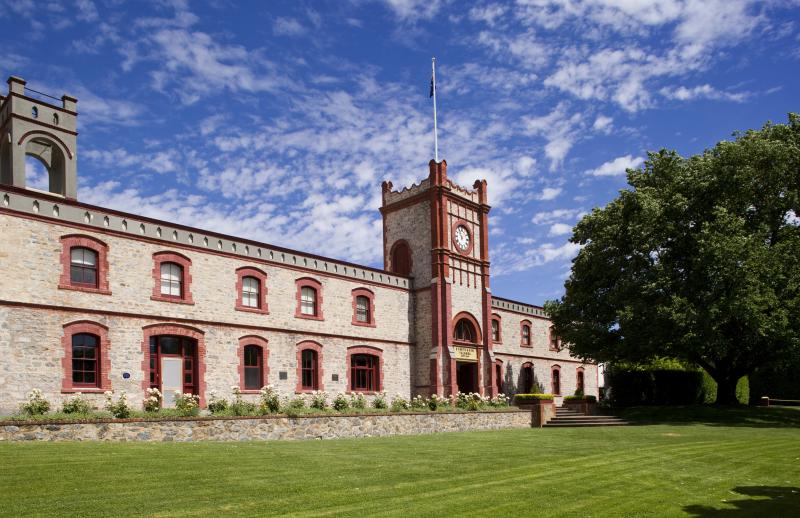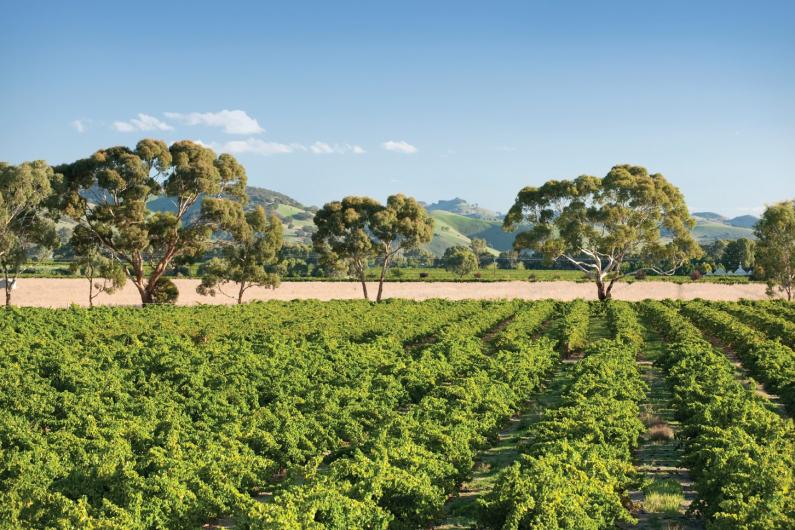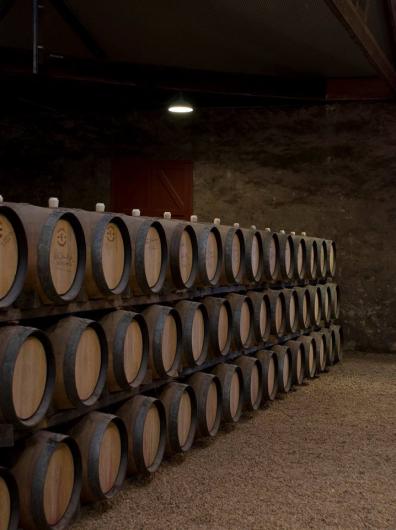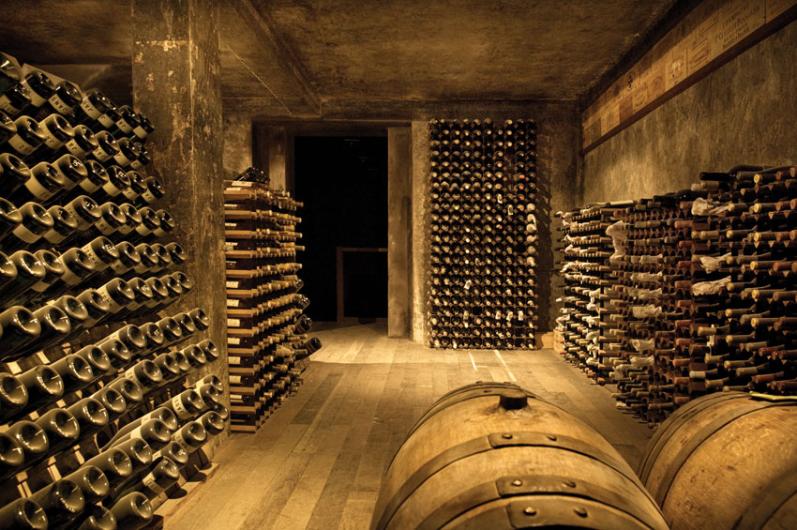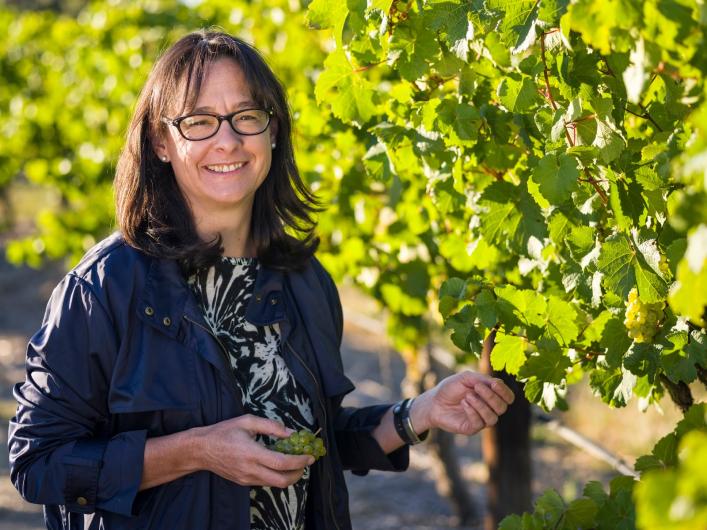Yalumba
Organic Shiraz
Yalumba
Organic Shiraz
The grapes for this wine are sourced from four family owned, organically certified vineyards. The Carypides family vineyard located at Virginia in the Adelaide Plains, the Barich family vineyard on the Murray River at Loxton, the Palena family vineyards near Barmera in the Riverland, and the Strachan family vineyard in McLaren Vale
Wine Production
Made with organic winemaking techniques with very little winemaking intervention.
Tasting Notes
Crimson with violet hues, this wine exhibits aromas of spiced plums and peppercorns with a savoury fruit cake finish. The palate is a mix of violets and spice with hints of liquorice, lingering plums and mulberries. This is a fruit driven, medium bodied wine with fine, soft tannins and a savory, persistent finish.
Food Pairing
Enjoy with suckling pig and an apple and walnut salad or a Swiss mushroom burger with caramelised onion.
The grapes for this wine are sourced from four family owned, organically certified vineyards. The Carypides family vineyard located at Virginia in the Adelaide Plains, the Barich family vineyard on the Murray River at Loxton, the Palena family vineyards near Barmera in the Riverland, and the Strachan family vineyard in McLaren Vale
Wine Production
Made with organic winemaking techniques with very little winemaking intervention.
Tasting Notes
Crimson with violet hues, this wine exhibits aromas of spiced plums and peppercorns with a savoury fruit cake finish. The palate is a mix of violets and spice with hints of liquorice, lingering plums and mulberries. This is a fruit driven, medium bodied wine with fine, soft tannins and a savory, persistent finish.
Food Pairing
Enjoy with suckling pig and an apple and walnut salad or a Swiss mushroom burger with caramelised onion.
Brand Materials
Vineyard & Production Info
Winemaking & Aging
Analytical Data
About the Vineyard
Vineyard soils were replenished by a wet winter. From August until mid summer temperatures were below average, with late December rain ideal for the vines to grow their protective canopies. The mild summer weather meant the grapes were able to ripen slowly on the vine, being full of flavor when harvested.
